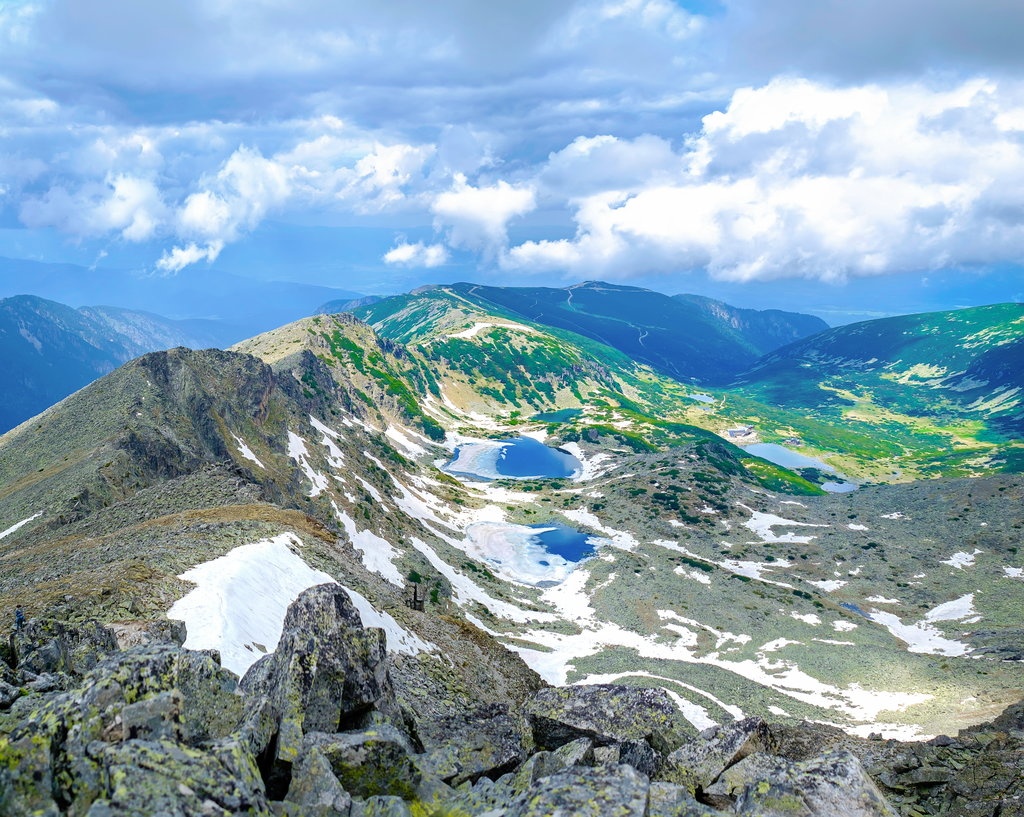Get PeakVisor App
Sign In
Search by GPS coordinates
- Latitude
- ° ' ''
- Longitude
- ° ' ''
- Units of Length

Yes
Cancel
Share ×

Scan the QR code and open PeakVisor on your phone
❤ Wishlist ×
Choose
Delete
The Central Rila Reserve, located in the heart of the Rila Mountains in Bulgaria, is the largest nature reserve in the country. High-altitude alpine meadows, dense coniferous forests, and rugged peaks, including the towering Musala, the highest peak in the Balkans, characterize the landscape. The Central Rila Reserve is one of five located within the greater Rila National Park and covers about 9% of the park’s area. With an average elevation of 2,077 m (6,814 ft), it’s undoubtedly one of Bulgaria's most dramatic mountainscapes. There are 38 named mountains in Central Rila Reserve. The highest and the most prominent mountain is Musala (2,926 m / 9,600 ft).
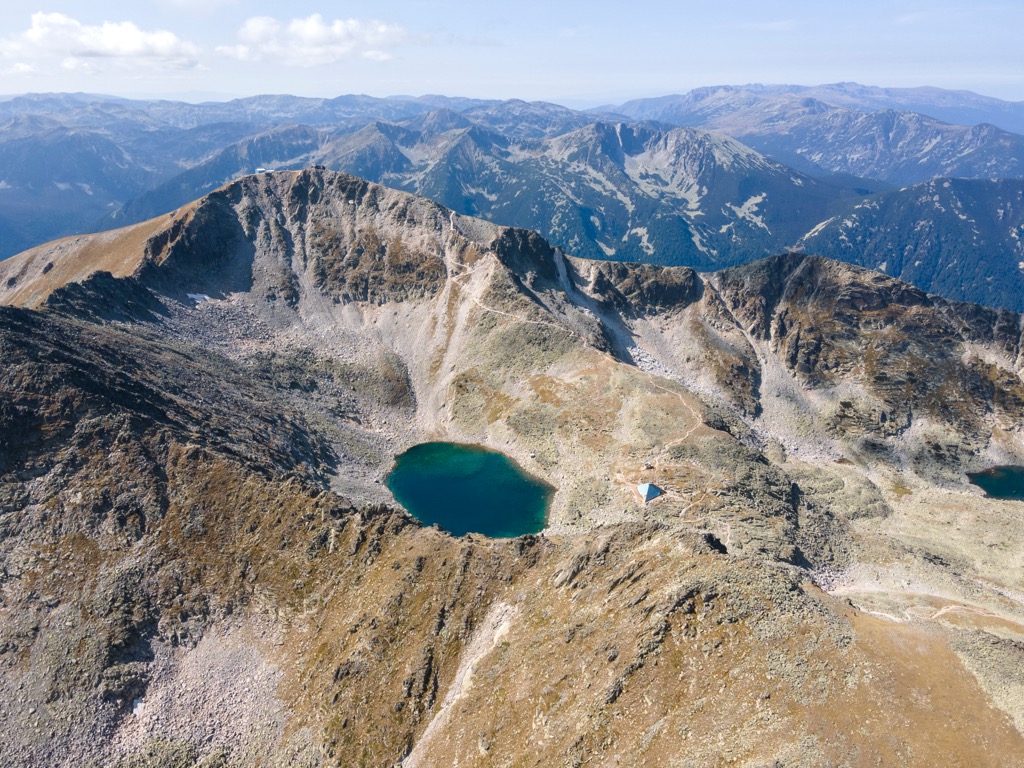
Rila National Park is in southwestern Bulgaria, covering 810.46 sq. km (312.94 sq. mi). The park is known for Musala, the highest peak in the Balkan Peninsula, as well as Rila Monastery. It spans four provinces: Pazardzhik, Sofia, Kyustendil, and Blagoevgrad, with Borovets as the nearest town.
Four nature reserves within the park are part of the UNESCO Man and Biosphere Programme: Central Rila Reserve, Ibar Reserve, Parangalitsa Reserve, and Skakavitsa Reserve. Rila Monastery Forest is the park’s fifth reserve.
Central Rila Reserve, or Централен Рилски резерват, is the largest reserve in Bulgaria and one of the largest in Europe. It was established to further protect the forests and peaks around and below Musala (2,926 m / 9,599 ft). The reserve covers 9% of the park area and has the most alpine terrain, with an average elevation of 2,077 m (6,814 ft). It lies between the Beli Iskar, Cherni Iskar, Levi Iskar, Iliyna, and Rilska Rivers.
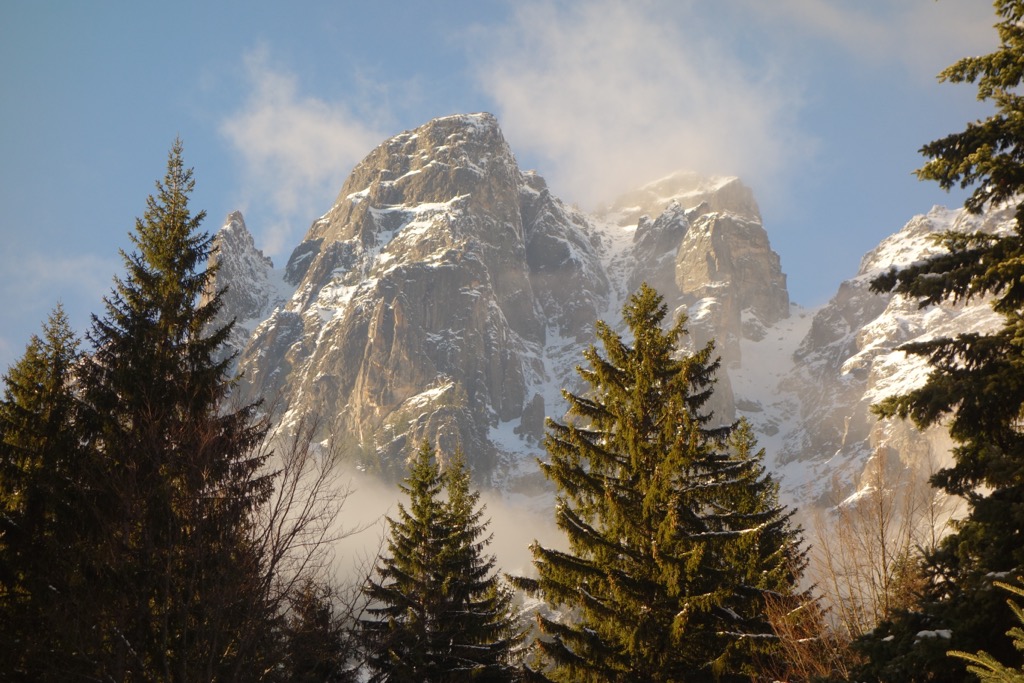
It features the highest peaks of the Rila Mountains, including Musala, Deno, and Malka Musala. This region is famous for its glacial lakes, including Ribni, Dzhendemski, Manastirski, and the largest in the Balkans, Smradlivo Lake.
The Rila Mountains primarily consist of metamorphic and intrusive rocks, with a thick layer of crystalline schists, sandstones, and conglomerates. The Central Rila Reserve covers the highest portions of the Rila Mountains, characterized by an alpine relief with rock formations, screes, and sills.
In modern times, the geology of the Rila Mountains has been defined by glaciation. The continual formation and retreat of cirque glaciers beneath the high peaks have left numerous glacial lakes and small moraines.
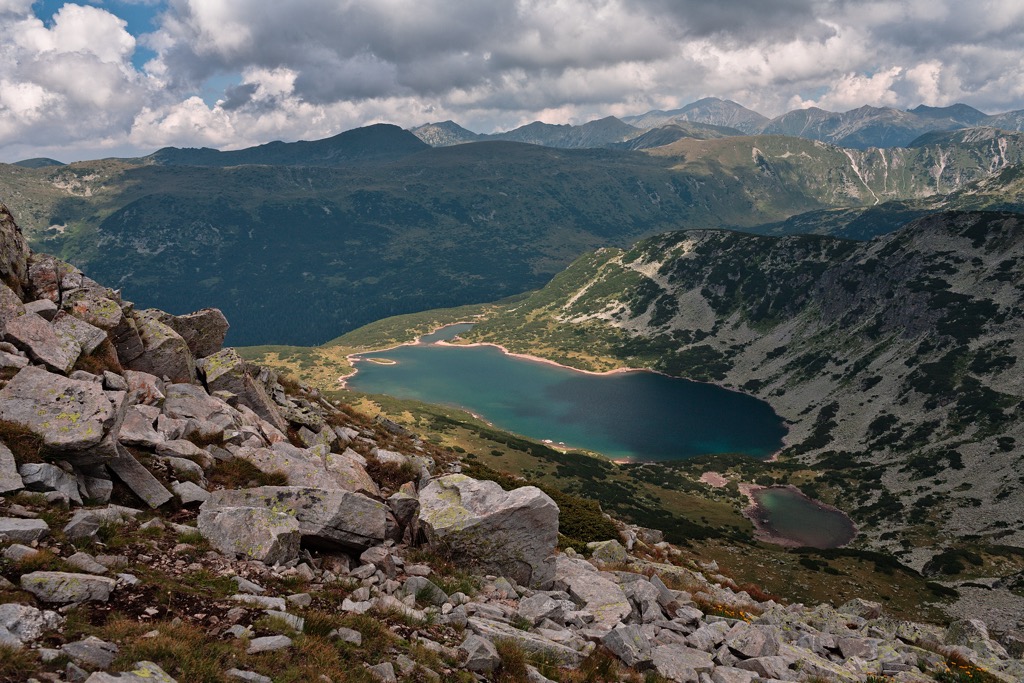
Elevation determines the vegetation in Rila. Nearly two-thirds of the reserve is covered by rock sedges, with the rest comprising forests in lower areas.
At the lowest levels, oak forests dominate. Elevations of 1,300 m to 1,600 m feature deciduous forests of oak, hornbeam, maple, and ash. The zone from 1,600 m to 2,100 m is characterized by beech and fir forests. The sub-Alpine zone, up to 2,500 m, has dwarf mountain pine, and the alpine zone is host to grass, moss, lichen, rare flowers, and dwarf willows.
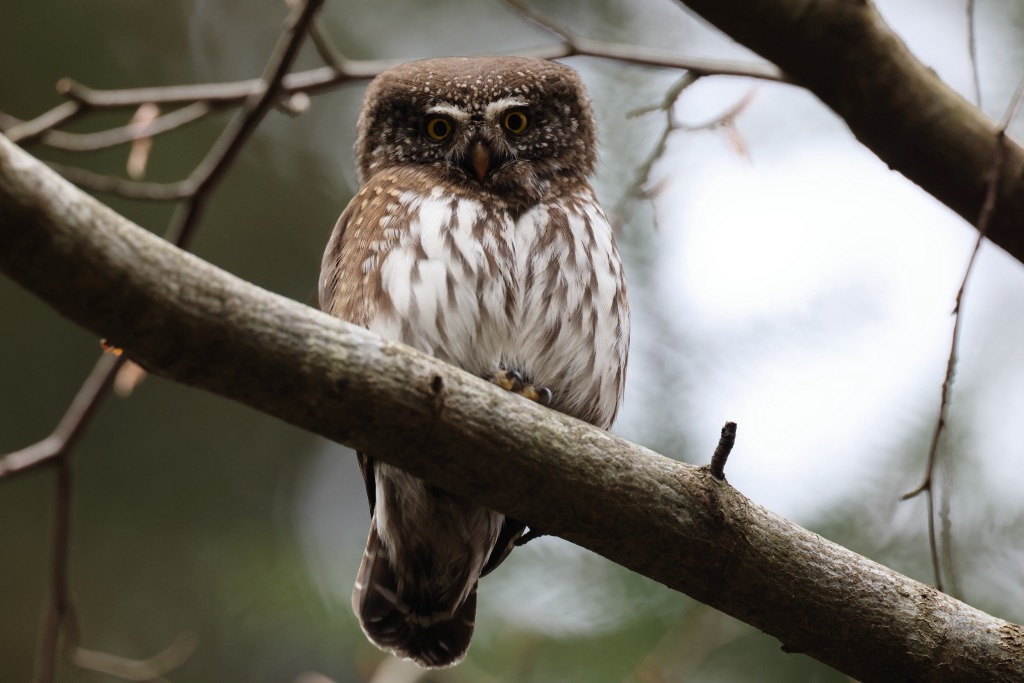
The endemic Rila oak (Quercus protoroburoides) is found only in the Rilska River valley. Norway spruce, Macedonian pine, and Scots pine coniferous forests dominate higher elevations. Rila's forests, with an average age of over 100 years, are largely untouched by human activity, with some trees reaching 60 m.
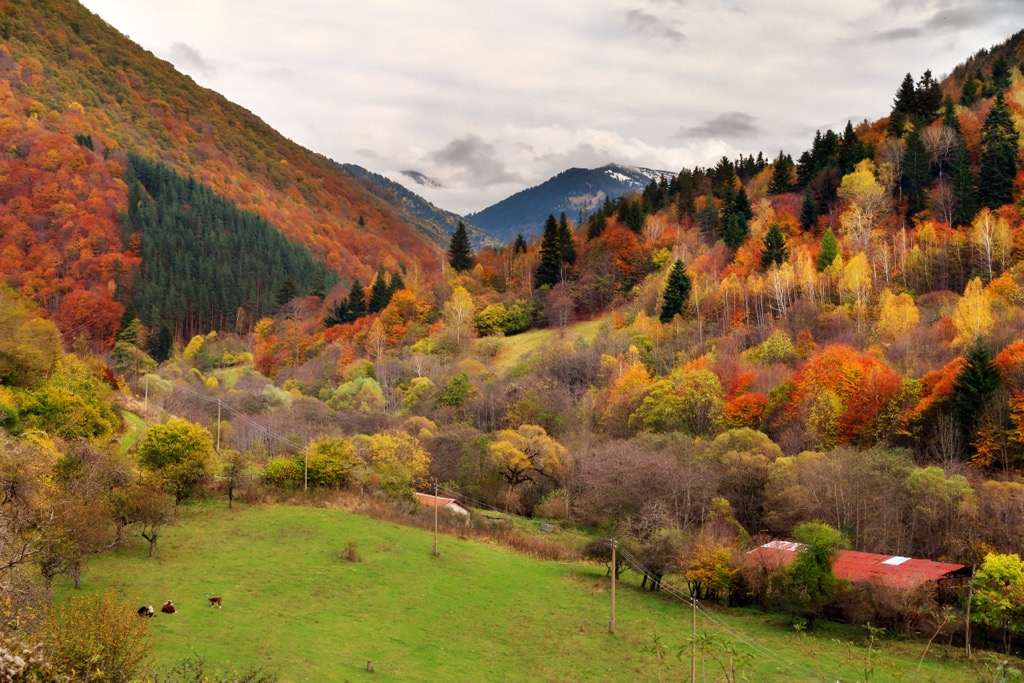
Rila National Park has about 1,400 vascular plant species, 34 endemic to Bulgaria and 89 to the Balkans, including notable endemics like Rila primrose and rhapsodic rhubarb. Non-vascular flora includes 974 algae, 313 mosses, and 251 lichens. The park also has 665 fungi species, including 64 mushrooms in Bulgaria's Red Book. There are 156 bird species, 120 of which nest in the park, including boreal owl, Eurasian pygmy owl, and three-toed woodpecker.
The plant life includes Rila primrose, spotted gentian, spring catkin, Bulgarian charmer, and snowdrop bell. Large mammals include chamois and brown bears.
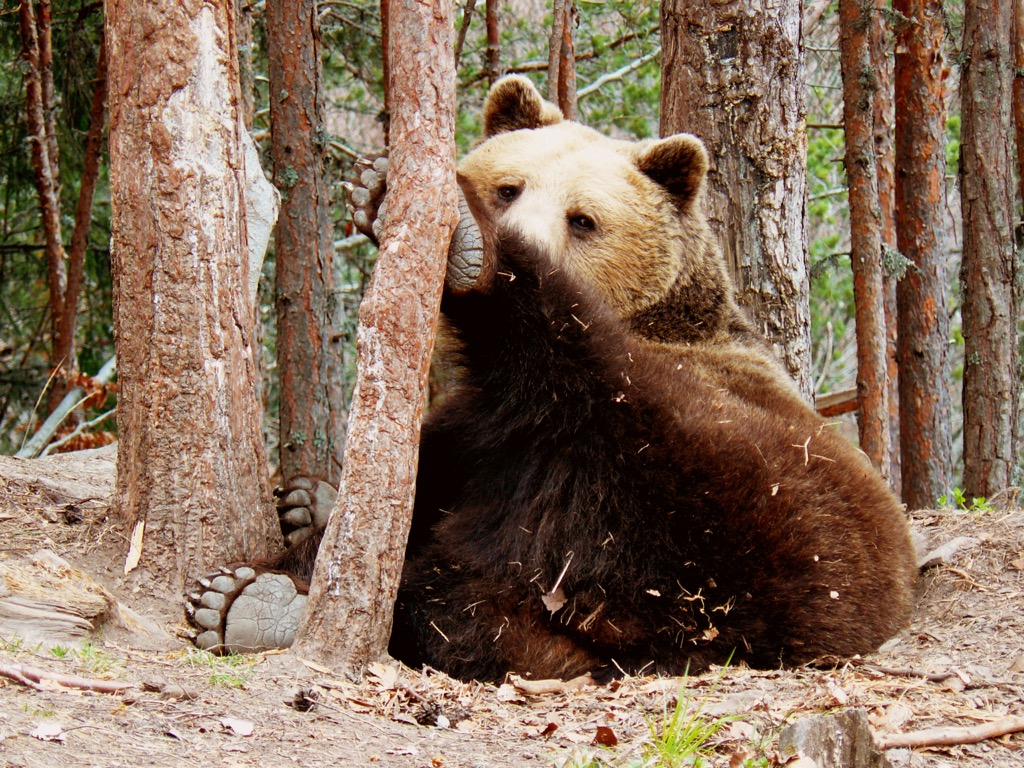
Rila was scarcely inhabited in prehistory due to an inhospitable climate and lack of food resources.
During antiquity, the local hot springs were used for Roman baths. Meanwhile, herders began to use the mountains for grazing in the summer months. The name "Rila" likely comes from the Thracian word "roula," meaning "lots of water."
The medieval period and the Orthodox Church brought the construction of numerous churches and the spread of Christianity. The Rila Monastery, a separate nature park near the reserve and UNESCO World Heritage Site, is a significant monument that started during this time (although the original structure has burned). St. John of Rila, the first hermit in Bulgaria's history, founded the original Rila Monastery in 907. His teachings led to the establishment of monasteries throughout Bulgaria. The Rila Monastery became a crucial spiritual and social center in medieval Bulgaria, rebuilt after a fire in the early nineteenth century.
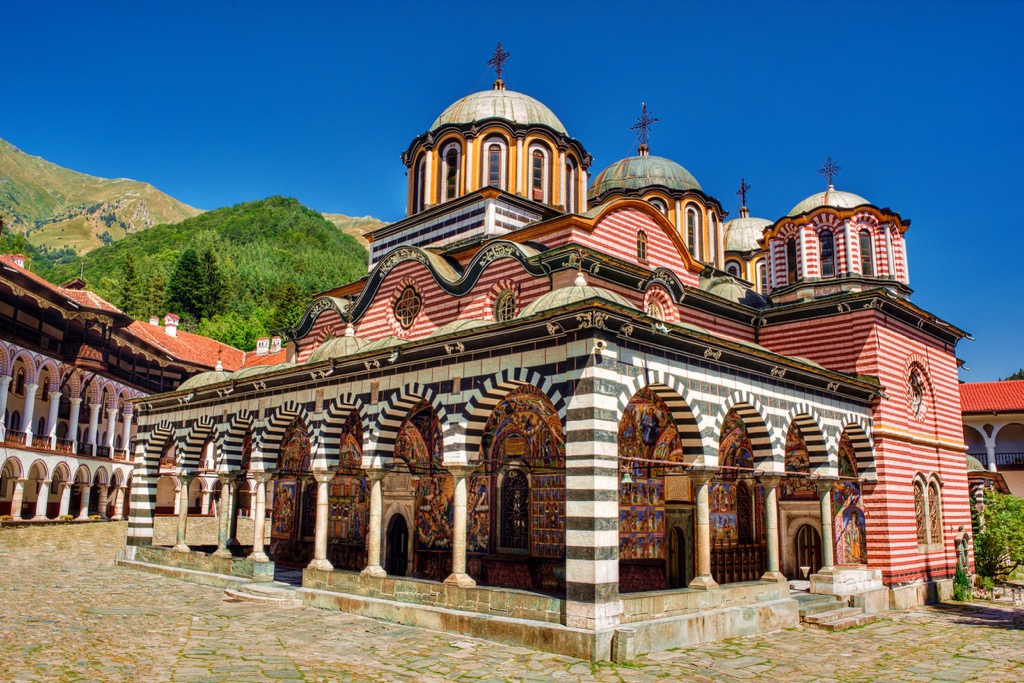
The Central Rila Reserve is the largest on the Balkan Peninsula and Bulgaria. It was declared a reserve on February 24, 1992, to preserve ecosystems at different altitudes in their natural state.
Rila National Park is a popular destination for winter sports. The Borovets ski resort offers 27 runs totaling 58 km, with 12 lifts for various sports, from alpine skiing to snowboarding. The highest parts of the ski resort venture into Central Rila Reserve.
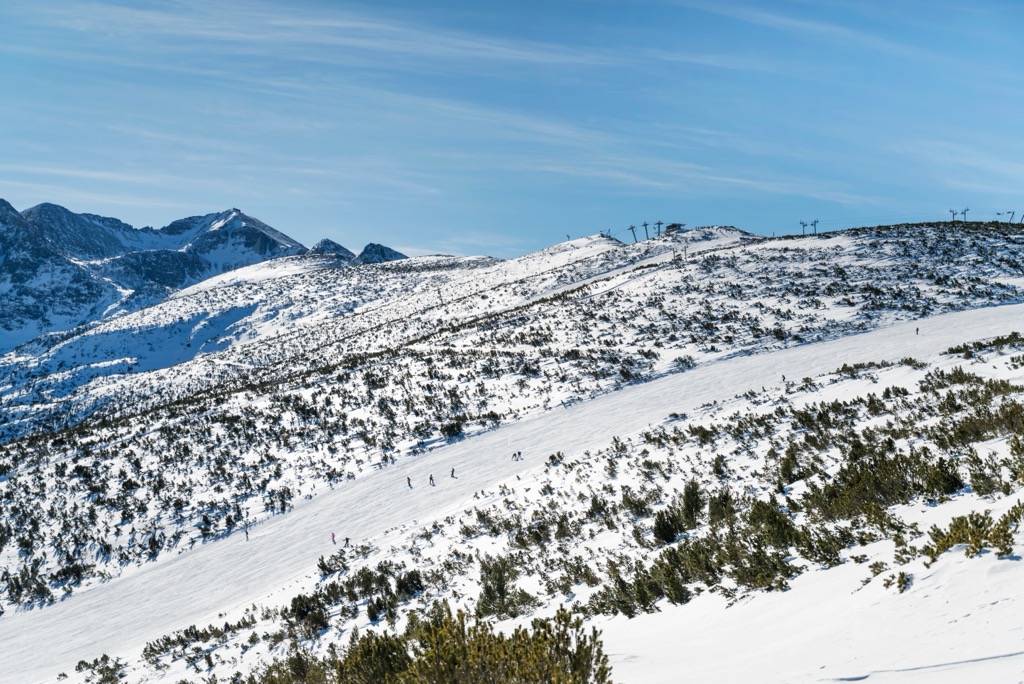
At 2,925 m (9,596 ft), Musala is the highest peak in Bulgaria and the Balkans. Despite its height, Musala is relatively easy to climb for beginners. The most popular route starts at the Borovets resort, takes a lift to Yastrebets hut, and continues on foot to the summit. This 7 km (4.3 mi) route takes about 4 hours and has a 571 m (1,873 feet) elevation gain.
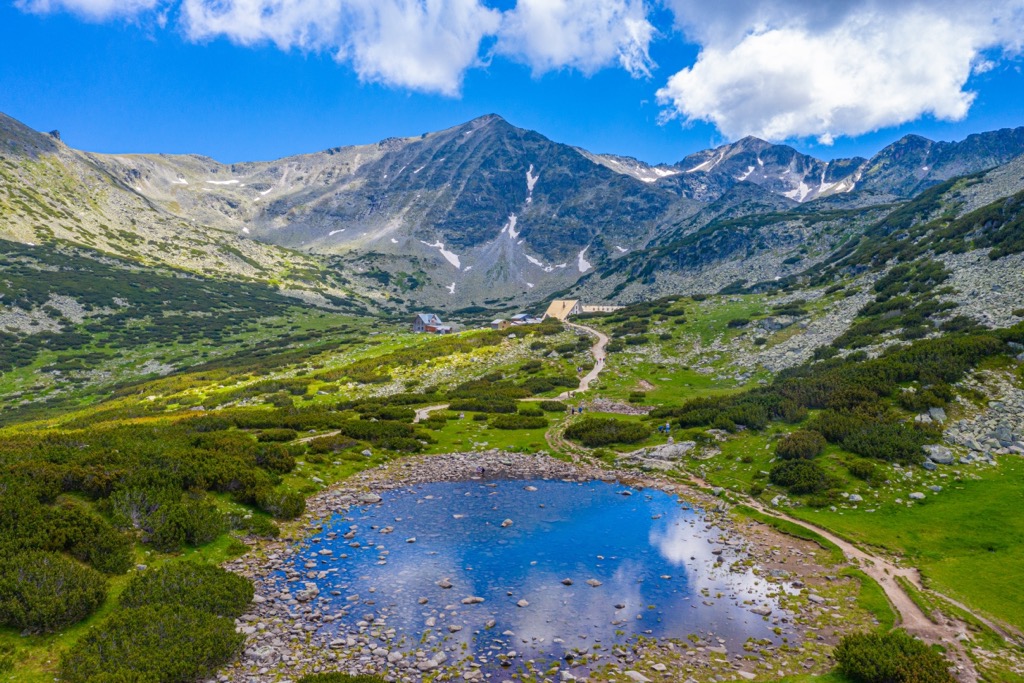
Located about 4 km (2.5 mi) from Borovets within the Central Rila Reserve, Black Rock is a notable 135 m (443 ft) natural landmark designated in 1974. The rock is infamous for its dark history. During Ottoman rule, it was used to execute rebels, and even after 1944, the socialist government reportedly used it for similar purposes. Today, Black Rock is a popular spot for walks, picnics, and relaxation. A well-marked path leads to it, with plenty of signposts, tables, and benches.
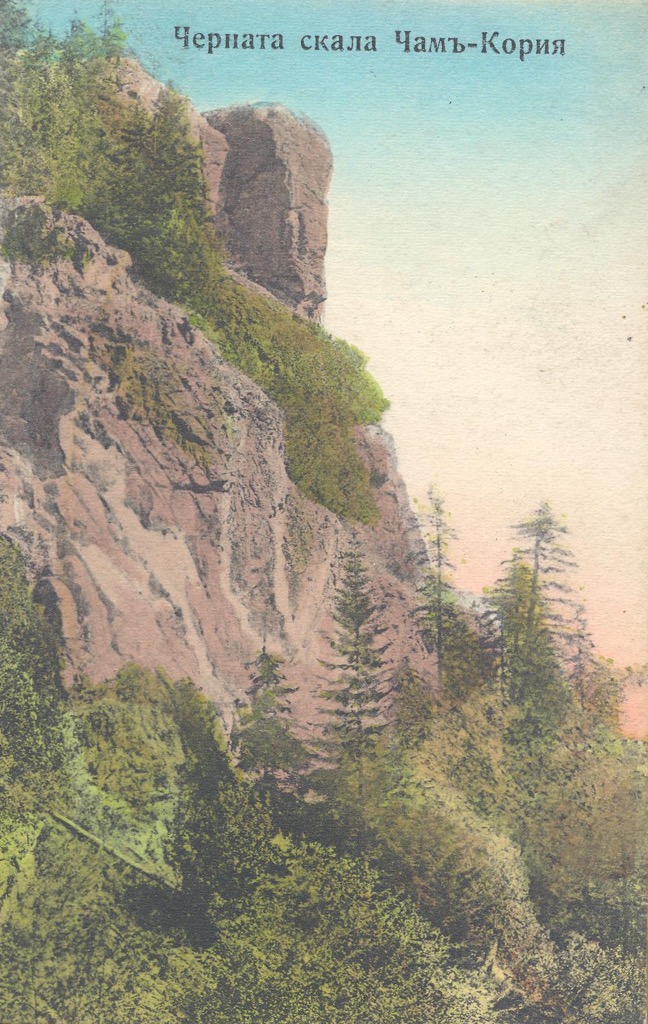
The Marichini Lakes are a group of four glacial lakes situated in the Marichinsk circuit and between Rila peaks. These lakes are among the most beautiful in the Rila Mountains and are significant as two of them are the sources of the Maritsa River, the largest river in Bulgaria. The lakes are within the Maricini Lakes Reserve, which has been part of the Central Rila Reserve since 1992.
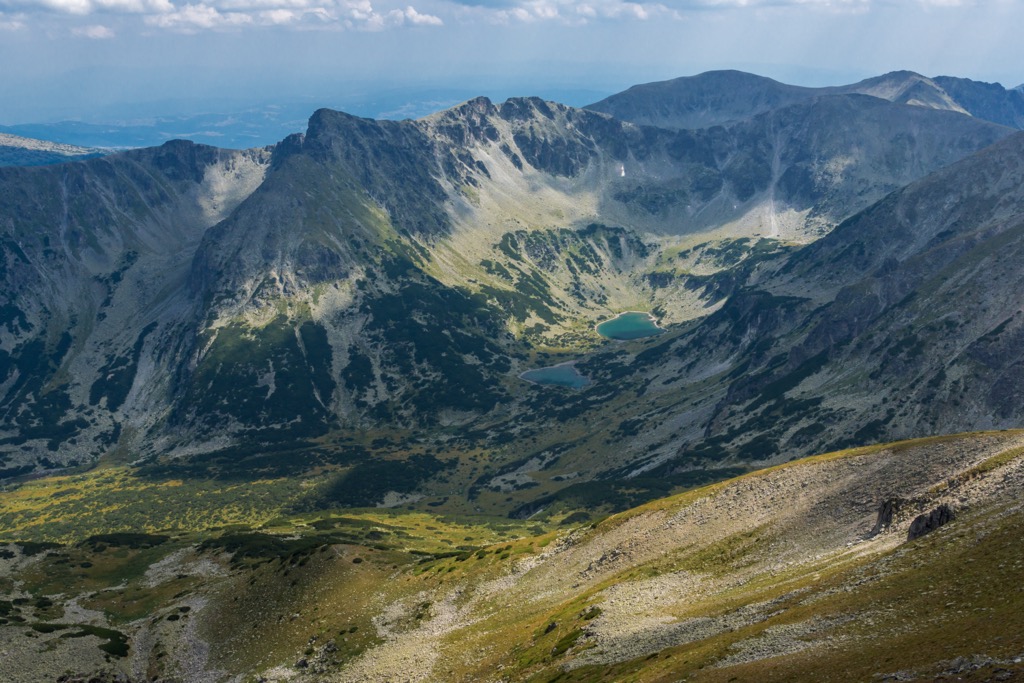
Borovets is Bulgaria's largest and most popular ski resort and offers a variety of accommodations. It lies below Rila National Park and near the Rilski Manastir Protected Area.
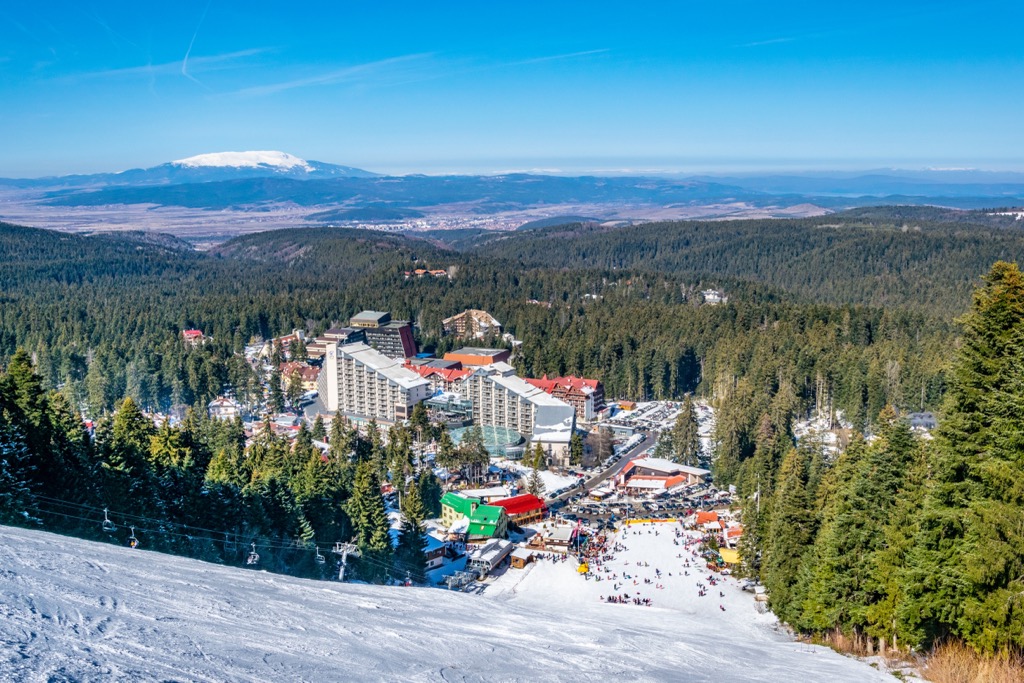
Plovdiv, one of Bulgaria's oldest cities, has a population of around 350,000. It is known for its well-preserved Roman amphitheater, cobblestone streets in the Old Town, and the Kapana district. In addition to Rila, the Rhodope Mountains are also nearby.
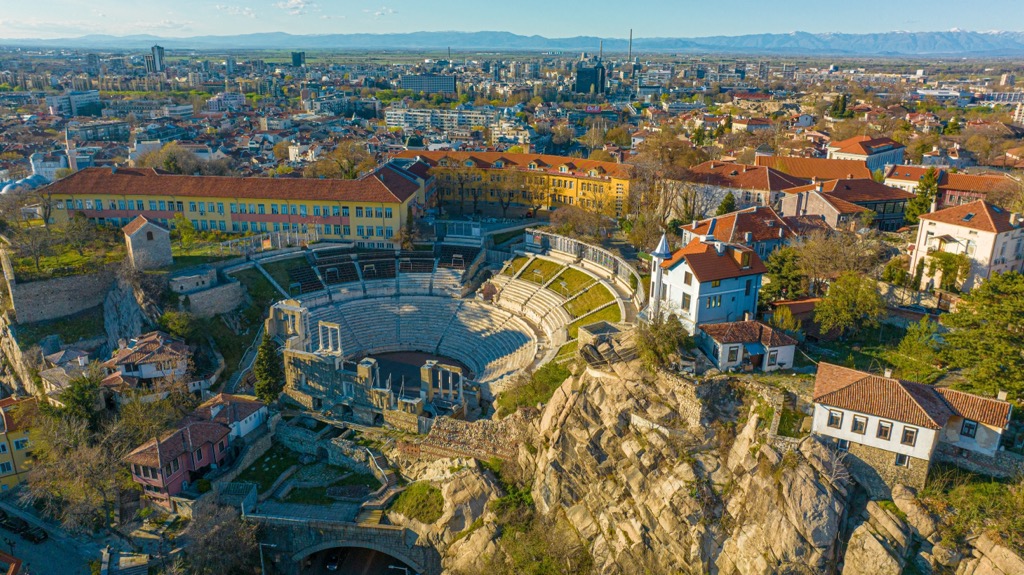
Sofia is Bulgaria's capital and largest city, situated at the foot of Vitosha Mountain. It is a vibrant metropolis with a rich history dating back to Roman times. Sofia boasts an array of architectural wonders, including the Alexander Nevsky Cathedral, as well as a thriving arts and cultural scene. The city offers a blend of traditional charm and modernity and is a worthy and underrated destination for travelers.
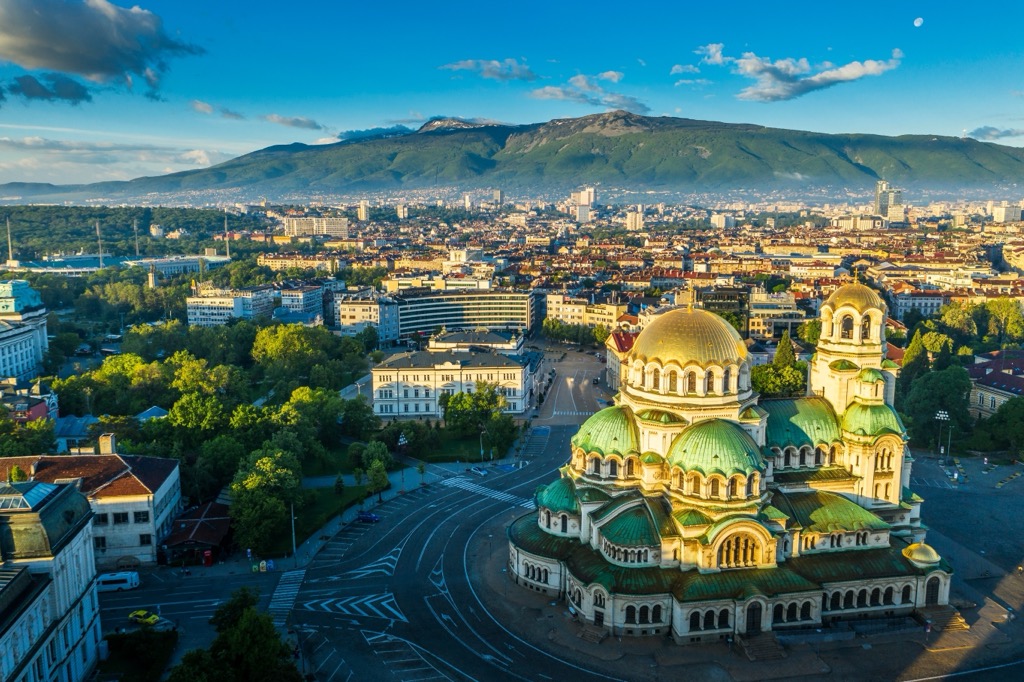
Explore Central Rila Reserve with the PeakVisor 3D Map and identify its summits.

